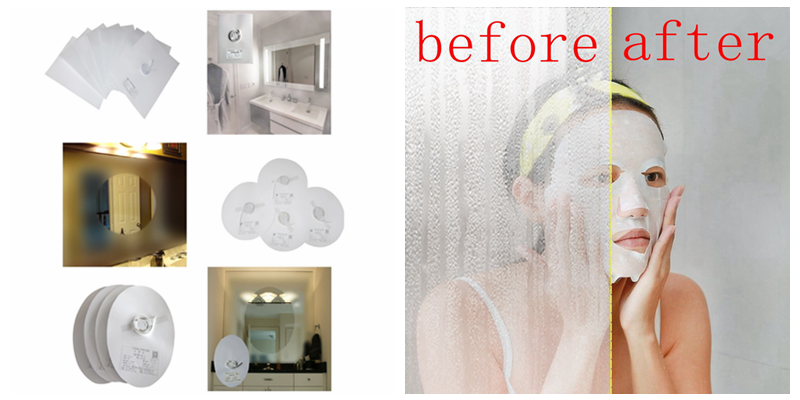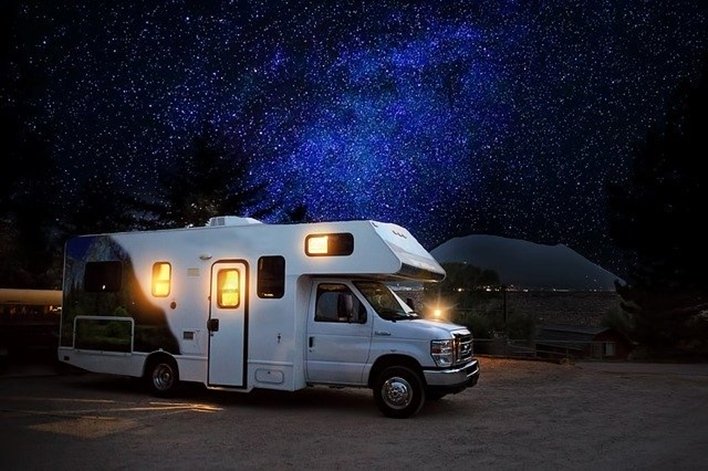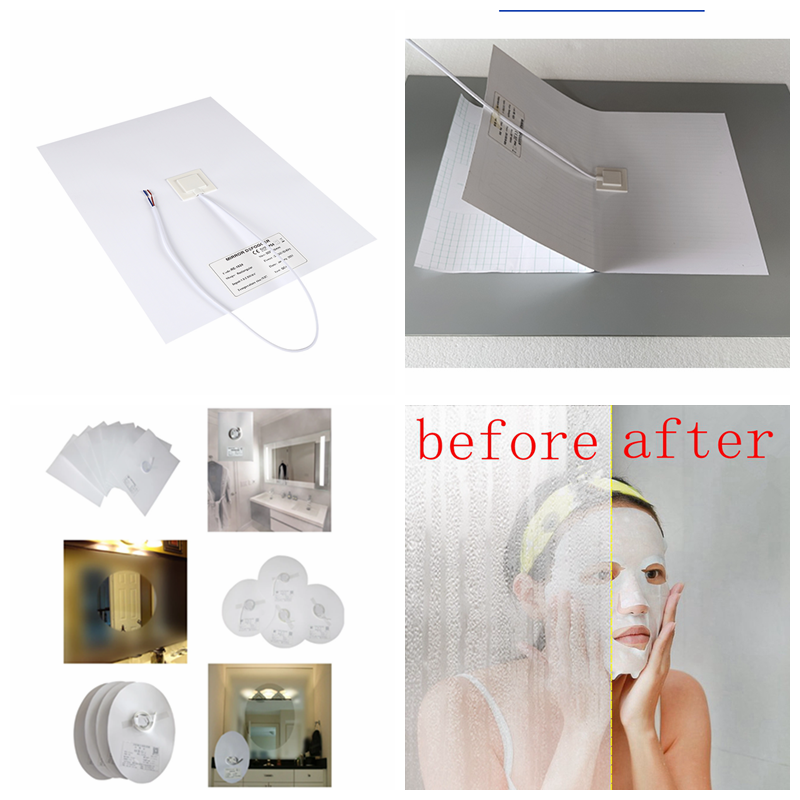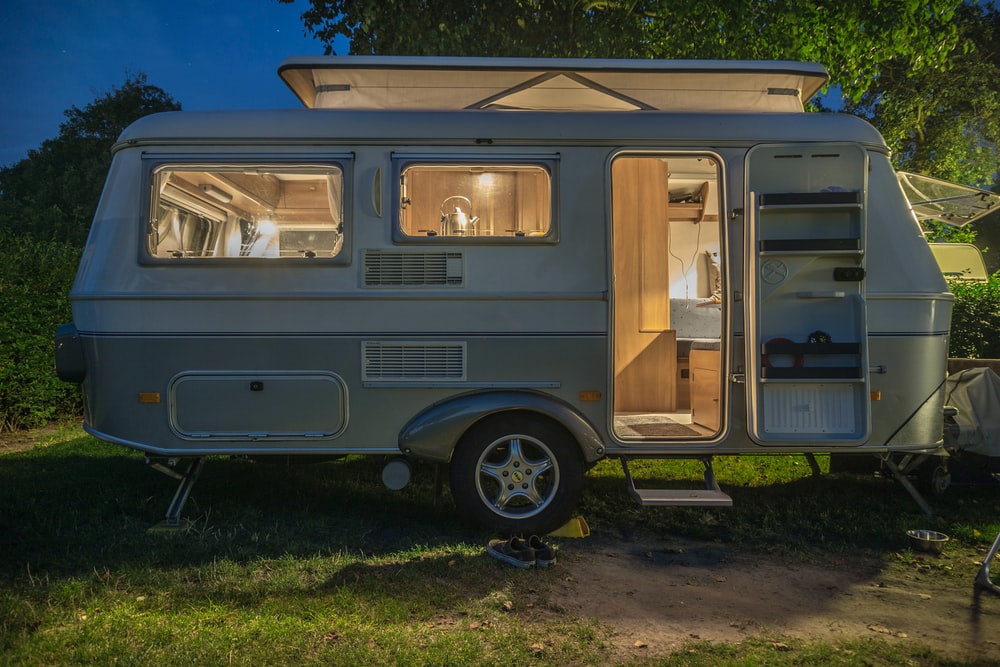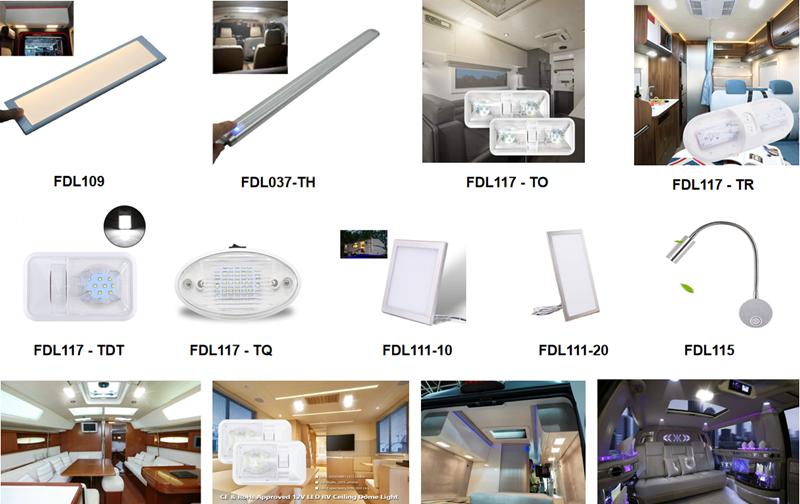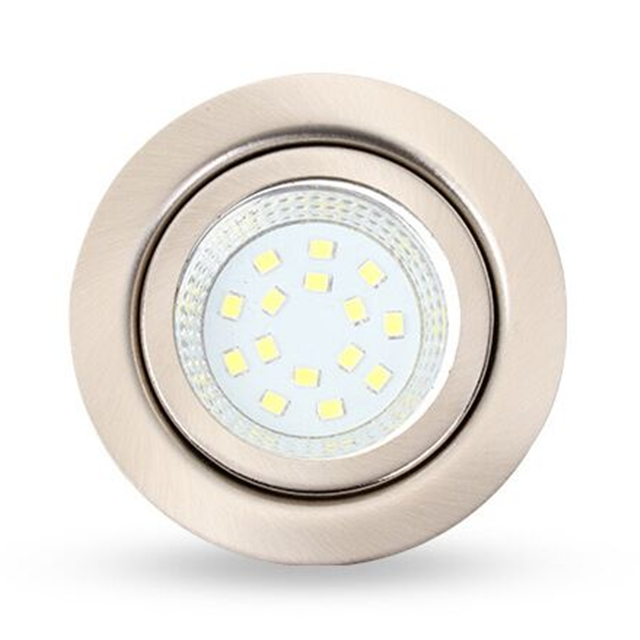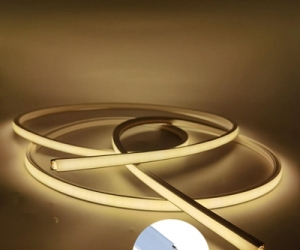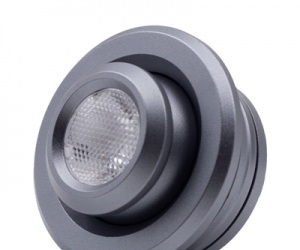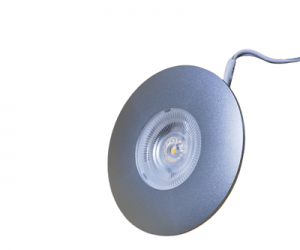UV radiation is undesirable in just about every lighting application, but most lighting technologies do output at least some UV rays. Some of those lighting options output enough UV radiation to damage surfaces. LED lights are sought after for the low amount of UV radiation they generate.
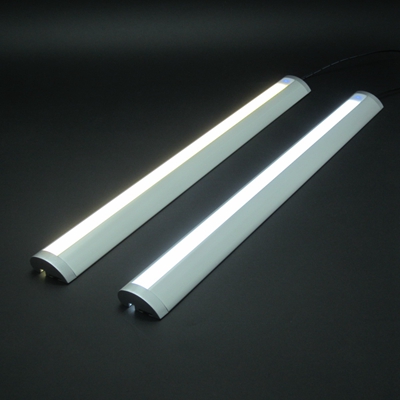
To understand how LEDs generate so little UV radiation, you have to know some of the LED engineering basics. LED lights operate using a semiconductor die, which generates light by exciting electrons with power. The electrons slot into “holes” that are built into the die, and the result is released energy. This is an extremely precise method of producing light, and a far cry from metal filaments and gas discharge lamps. Because they are so efficient, LED lights produce little waste energy in the form of UV radiation.
LED lamps are also shielded with a layer of glass that filters some of the UV radiation out, but what really does much of the filtering is the LED itself and the phosphor coating. The phosphor inside the fixture reacts with the light produced by the LED, converting it into white light from other colors. This phosphor filters out much of the UV rays, which means the small amount of UV radiation produced by an LED is reduced to a negligible amount by the phosphor. Put it all together and you have a fixture that is perfectly safe to use with anything, including artwork that is centuries old. The only concern is that if the phosphor coating cracks or wears away, some UV radiation may escape, but this is easily prevented with basic fixture maintenance.
What else does LED technology offer Kitchen?
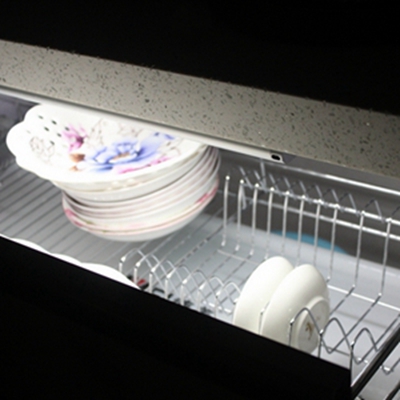
The safety advantage is a decisive one for LED lights, and that alone is driving kitchen into adopting the technology. What else can LEDs do for these kitchen?
1. Generates little heat – LED lighting keeps UV radiation to a minimum, as well as heat. LED’s ability to stifle heat is related to its unmatched efficiency. With almost all of the energy expended as light, there is little left over for any thermal output. Heat may not be a major safety concern for kitchen, as they usually place lighting far enough away from the foods. However, a light that emits too much heat can alter the temperature in the building and make things uncomfortable for people. More heat means a greater load on the building’s HVAC system, and that drives up energy costs. Efficient lighting is a way to cut costs and preserve precious food.
2. Easy to control – LED technology is the most modern lighting option we have, and it is compatible with most attempts to control it. This includes control mechanisms like dimmers and occupancy sensors. Dimmers can be programmed to alter lighting intensity throughout the day, ensuring the optimal amount of energy is expended on lighting at all times. Dimmers can also be programmed to account for ambient illumination in the space.
3. Easier to maintain – LED lighting makes cost reduction possible in several ways, including keeping maintenance to a minimum. In addition to their safety and efficiency, LED fixtures are some of the most durable lighting options on the market. LEDs are extremely long lived and retain their color for longer than other lighting technologies. It is common for a set of LED lights to offer several years of performance without requiring any maintenance at all. In this way, LED lighting is an install it and forget it kind of technology. With fewer maintenance requirements, LED fixtures don’t have to be replaced as often. Not only does that pose a cost advantage, it also keeps maintenance crews out of the building.
LED lighting technology is the most promising advancement for the industry in decades. It has demonstrated its worth in many applications, and its use in museums and galleries is a natural next step, given its excellent safety and efficiency.

